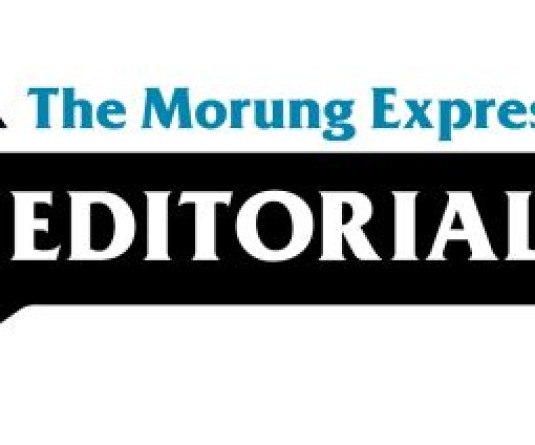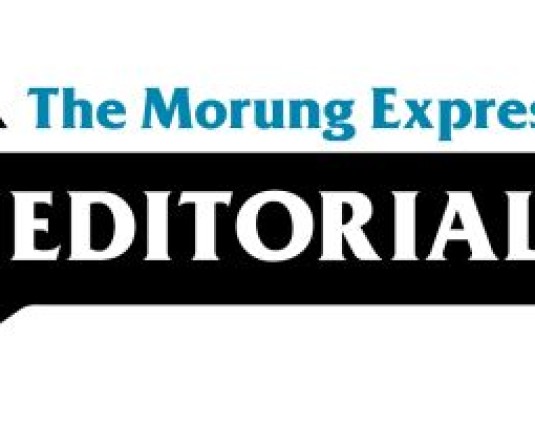
Despite the confidence expressed by Prime Minister Manmohan Singh, the efforts by the UPA to forge a consensus on the Women’s Reservation Bill remain elusive. An all party meeting held on Monday to forge a consensus on the issue brought out a few dissenting voices. Except for the Rashtriya Janata Dal, Bahujan Samaj Party and Samajwadi Party all other parties have more or less backed the UPA government to pass the women reservation bill without further delay. Even the main Opposition Party, the BJP had given a blank check to the Congress to come up with a formula. Not surprisingly the three political parties opposing the current formulation have major support base in the Hindi cow belt region. Their agenda is obviously to address this constituency, mainly the Muslims, SC, ST and OBC women and the apprehension within these parties that the legislation in its present form may sideline this segment. For them it is the larger question of social justice rather than gender rights.
The Uttar Pradesh Chief Minister and SP Chief Mulayam Singh Yadav even went to the extent of reiterating his opposition to any gender-based reservation. Mr Yadav’s opposition was accompanied by the RJD and BSP too opposing the Government’s attempts at a consensus and instead proposing quotas within the quota; the same argument for social justice.
Describing women’s reservation as anti-democratic, Mr Yadav has raised the pointer on whether any developed country in the world had this kind of provision. Instead Yadav has also favoured political parties being asked to ensure 10 per cent seats for women while distributing tickets during elections. The other party known for its strident posturing against women’s reservation bill, the RJD, is also more or less singing the same tune as his beta noire, the SP Chief. The BSP is also pressing for quota for SC, ST and backward women. But those opposed to this stand say that a quota within quota is a ploy to further delay the process. There is also the reservation by those who are opposed to the three parties that such as step would not only be unconstitutional but could possibly be struck down by the court of law.
The current controversy demanding a quota for the OBC’s and minorities within the 33% women’s quota began almost as soon as the current bill was first introduced in September 1996 by the then United Front government. Those who are in favour of sub-quota argue that with a blanket reservation the upper caste women will corner all the party tickets and their men folk will use this to promote their caste interest thereby regaining supremacy in the legislatures and thereby institutionalizing greater power for themselves. The Women’s Reservation Bill in different avatars, introduced in Parliament as early as in 1987, has been scuttled time and again due to objections voiced by various political parties, particularly the SP and RJD. Despite this opposition most of the other political parties are of the view that reservation for women be made for the Assembly and parliamentary elections, as it was made in the case of local bodies. There is also the suggestion that separate quota within the quota for women can be done later. While it is a welcome development that various formulations are being worked out to evolve political consensus over the vexed issue of enhancing women representation in legislative bodies across the country, it is also high time that the women’s reservation bill which has been in the doldrums for so many years be now given its rightful place that it deserves.






